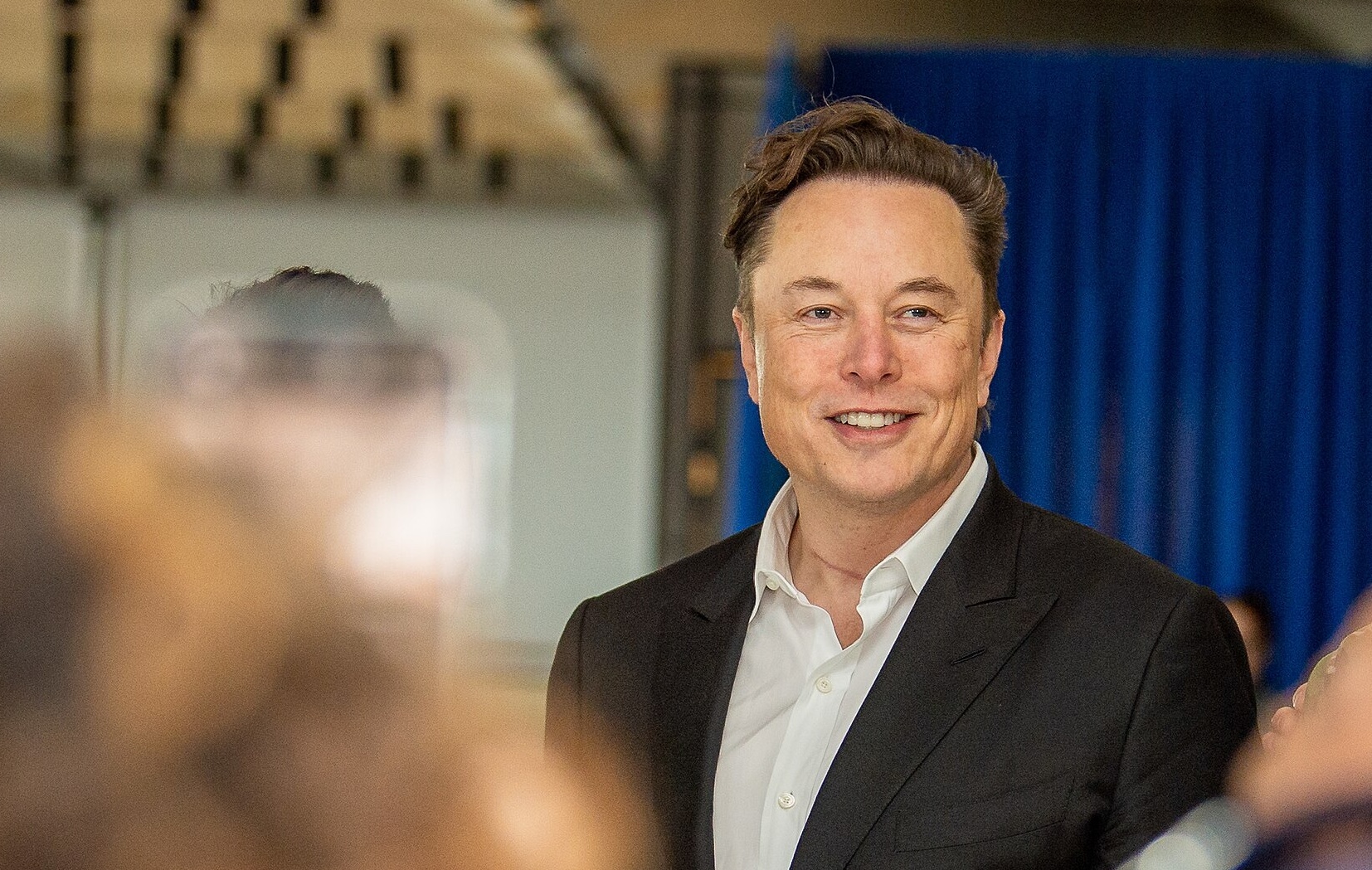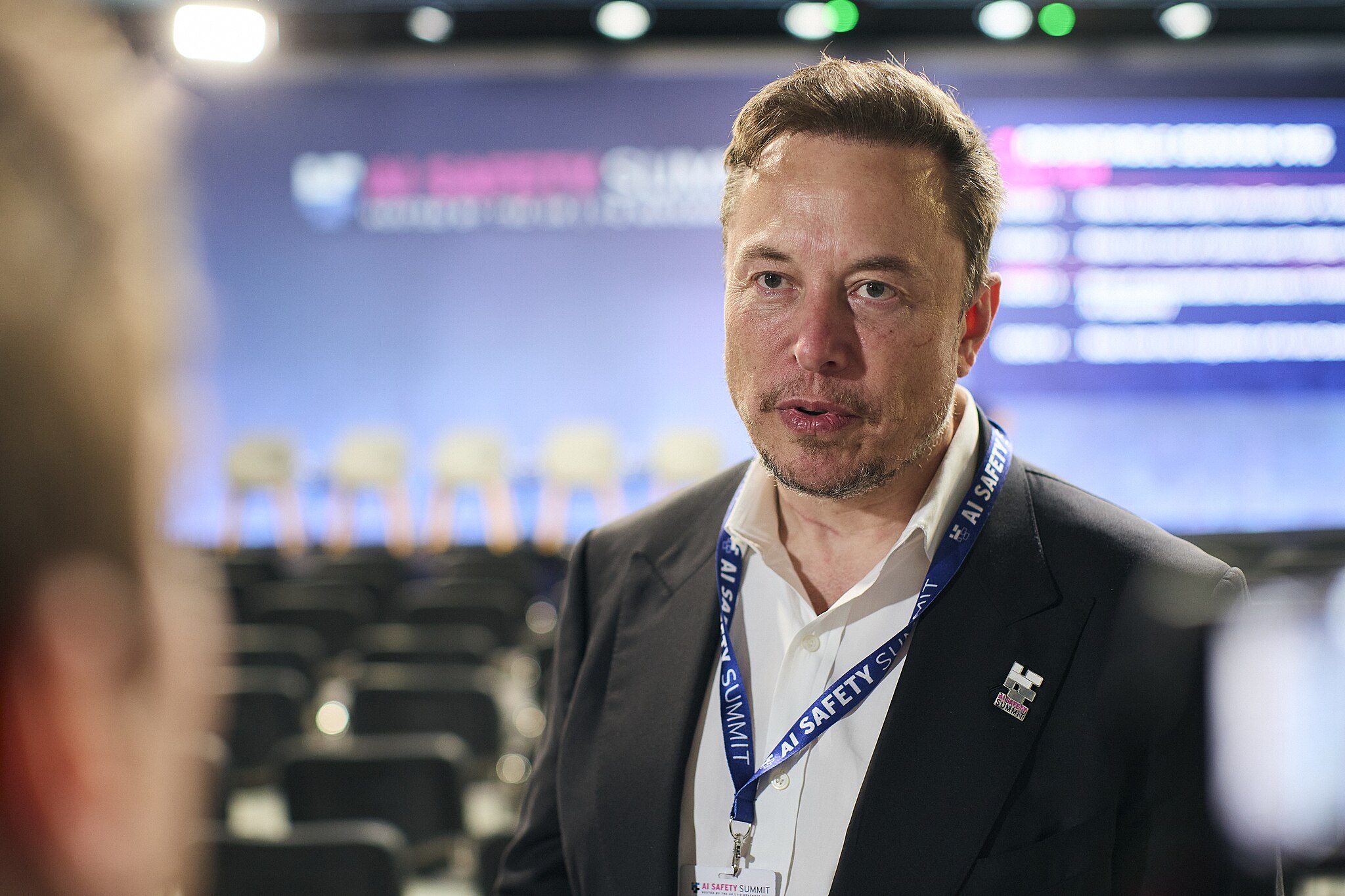Elon Musk
Tesla rewards CEO Elon Musk with massive, restricted stock package
Tesla announced a new pay package for Elon Musk that is restricted and will award him nearly $30 billion for contributions to the company.

Tesla has rewarded CEO Elon Musk with a massive, restricted stock package that equates to about $29 billion in shares in an effort to retain him as the head of the company.
It is also a package that aims to reward Musk for leading numerous Tesla projects that have brought billions in value for shareholders over the past seven years. After his 2018 pay package was rejected by a Delaware Chancery Court, Musk started to question his future at the company.
This move, performed by a Special Committee of the Tesla Board, should retain him for several years.
🚨 BREAKING: Tesla has announced that its Board has unanimously approved a recommendation from the Special Committee of the Board to grant Elon an award of restricted stock equal to approximately one-third of the compensation he earned under the 2018 CEO Performance Award.
The… https://t.co/g7RKrTymDL pic.twitter.com/dnvkILlz6H
— TESLARATI (@Teslarati) August 4, 2025
On Monday morning, Tesla shared on X that it had approved a recommendation from a Special Committee comprised of Board Chair Robyn Denholm and fellow board member Kathleen Wilson-Thompson. It aimed to compensate Musk for his “extraordinary work” and reward him after not receiving “meaningful compensation” for the last eight years.
The post stated that “Tesla is committed to honoring its promises in the 2018 CEO Performance Award and intends to compensate its CEO for his future services commensurate with his contributions to our company and shareholders, we have recommended this award as a first step, ‘good faith’ payment to Elon.”
The award includes the following:
- 96 million restricted shares of stock, subject to Elon paying a purchase price upon meeting a two-year vesting term, to be delivered after receipt of antitrust regulatory approval
- The purchase price will be equal to the split-adjusted exercise price of the stock options awarded to Elon under the 2018 CEO Performance Award ($23.34 per share)
- A requirement that Elon serve continuously in a senior leadership role at Tesla during the two-year vesting term
- A pledging allowance to cover tax payments or the purchase price
- A mandatory holding period of five years from the grant date, except to cover tax payments or the purchase price (with any sales for such purposes to be conducted through an orderly disposition in coordination with Tesla); and
- If the Delaware courts fully reinstate the 2018 CEO Performance Award, this interim award will be forfeited or returned or a portion of the 2018 CEO Performance Award will be forfeited. To put it simply, there cannot be any “double dip.” Elon will not be able to keep this new award in addition to the options he will be awarded under the 2018 CEO Performance Award, should the courts rule in our favor
The board added:
“The Special Committee believes now is the right time to take decisive action to recognize the extraordinary value that Elon created for Tesla shareholders. As such, the Board (with Elon and Kimbal Musk recusing themselves) has unanimously approved a recommendation from the Special Committee of the Board to grant Elon an award of restricted stock equal to approximately one-third of the compensation he earned under the 2018 CEO Performance Award.”
Musk and his brother, Kimbal, are both members of the Tesla board. However, both Musk brothers recused themselves from any voting on this pay package.
The move comes as Musk has hinted on several occasions that he is concerned about his control of the company. His current stake in Tesla stands at about 12.8 percent. He has said a few times he would be more comfortable with a 25 percent stake to protect himself against “activist shareholders.”
He commented on it during the Q2 Earnings Call in late July:
“That is a major concern for me, as I’ve mentioned in the past. I hope that is addressed at the upcoming shareholders’ meeting. But, yeah, it is a big deal. I want to find that I’ve got so little control that I can easily be ousted by activist shareholders after having built this army of humanoid robots. I think my control over Tesla, Inc. should be enough to ensure that it goes in a good direction, but not so much control that I can’t be thrown out if I go crazy.”
The pay package should alleviate any concerns that Tesla would lose Musk as its CEO. Retaining him is perhaps the biggest step in ensuring consistent progress is made on several fronts, including AI and Robotics.

Elon Musk
Elon Musk and Tesla AI Director share insights after empty driver seat Robotaxi rides
The executives’ unoccupied tests hint at the rapid progress of Tesla’s unsupervised Robotaxi efforts.

Tesla CEO Elon Musk and AI Director Ashok Elluswamy celebrated Christmas Eve by sharing personal experiences with Robotaxi vehicles that had no safety monitor or occupant in the driver’s seat. Musk described the system’s “perfect driving” around Austin, while Elluswamy posted video from the back seat, calling it “an amazing experience.”
The executives’ unoccupied tests hint at the rapid progress of Tesla’s unsupervised Robotaxi efforts.
Elon and Ashok’s firsthand Robotaxi insights
Prior to Musk and the Tesla AI Director’s posts, sightings of unmanned Teslas navigating public roads were widely shared on social media. One such vehicle was spotted in Austin, Texas, which Elon Musk acknowleged by stating that “Testing is underway with no occupants in the car.”
Based on his Christmas Eve post, Musk seemed to have tested an unmanned Tesla himself. “A Tesla with no safety monitor in the car and me sitting in the passenger seat took me all around Austin on Sunday with perfect driving,” Musk wrote in his post.
Elluswamy responded with a 2-minute video showing himself in the rear of an unmanned Tesla. The video featured the vehicle’s empty front seats, as well as its smooth handling through real-world traffic. He captioned his video with the words, “It’s an amazing experience!”
Towards Unsupervised operations
During an xAI Hackathon earlier this month, Elon Musk mentioned that Tesla owed be removing Safety Monitors from its Robotaxis in Austin in just three weeks. “Unsupervised is pretty much solved at this point. So there will be Tesla Robotaxis operating in Austin with no one in them. Not even anyone in the passenger seat in about three weeks,” he said. Musk echoed similar estimates at the 2025 Annual Shareholder Meeting and the Q3 2025 earnings call.
Considering the insights that were posted Musk and Elluswamy, it does appear that Tesla is working hard towards operating its Robotaxis with no safety monitors. This is quite impressive considering that the service was launched just earlier this year.
Elon Musk
Starlink passes 9 million active customers just weeks after hitting 8 million
The milestone highlights the accelerating growth of Starlink, which has now been adding over 20,000 new users per day.

SpaceX’s Starlink satellite internet service has continued its rapid global expansion, surpassing 9 million active customers just weeks after crossing the 8 million mark.
The milestone highlights the accelerating growth of Starlink, which has now been adding over 20,000 new users per day.
9 million customers
In a post on X, SpaceX stated that Starlink now serves over 9 million active users across 155 countries, territories, and markets. The company reached 8 million customers in early November, meaning it added roughly 1 million subscribers in under seven weeks, or about 21,275 new users on average per day.
“Starlink is connecting more than 9M active customers with high-speed internet across 155 countries, territories, and many other markets,” Starlink wrote in a post on its official X account. SpaceX President Gwynne Shotwell also celebrated the milestone on X. “A huge thank you to all of our customers and congrats to the Starlink team for such an incredible product,” she wrote.
That growth rate reflects both rising demand for broadband in underserved regions and Starlink’s expanding satellite constellation, which now includes more than 9,000 low-Earth-orbit satellites designed to deliver high-speed, low-latency internet worldwide.
Starlink’s momentum
Starlink’s momentum has been building up. SpaceX reported 4.6 million Starlink customers in December 2024, followed by 7 million by August 2025, and 8 million customers in November. Independent data also suggests Starlink usage is rising sharply, with Cloudflare reporting that global web traffic from Starlink users more than doubled in 2025, as noted in an Insider report.
Starlink’s momentum is increasingly tied to SpaceX’s broader financial outlook. Elon Musk has said the satellite network is “by far” the company’s largest revenue driver, and reports suggest SpaceX may be positioning itself for an initial public offering as soon as next year, with valuations estimated as high as $1.5 trillion. Musk has also suggested in the past that Starlink could have its own IPO in the future.
Elon Musk
Elon Musk’s Grok records lowest hallucination rate in AI reliability study
Grok achieved an 8% hallucination rate, 4.5 customer rating, 3.5 consistency, and 0.07% downtime, resulting in an overall risk score of just 6.

A December 2025 study by casino games aggregator Relum has identified Elon Musk’s Grok as one of the most reliable AI chatbots for workplace use, boasting the lowest hallucination rate at just 8% among the 10 major models tested.
In comparison, market leader ChatGPT registered one of the highest hallucination rates at 35%, just behind Google’s Gemini, which registered a high hallucination rate of 38%. The findings highlight Grok’s factual prowess despite the AI model’s lower market visibility.
Grok tops hallucination metric
The research evaluated chatbots on hallucination rate, customer ratings, response consistency, and downtime rate. The chatbots were then assigned a reliability risk score from 0 to 99, with higher scores indicating bigger problems.
Grok achieved an 8% hallucination rate, 4.5 customer rating, 3.5 consistency, and 0.07% downtime, resulting in an overall risk score of just 6. DeepSeek followed closely with 14% hallucinations and zero downtime for a stellar risk score of 4. ChatGPT’s high hallucination and downtime rates gave it the top risk score of 99, followed by Claude and Meta AI, which earned reliability risk scores of 75 and 70, respectively.

Why low hallucinations matter
Relum Chief Product Officer Razvan-Lucian Haiduc shared his thoughts about the study’s findings. “About 65% of US companies now use AI chatbots in their daily work, and nearly 45% of employees admit they’ve shared sensitive company information with these tools. These numbers show well how important chatbots have become in everyday work.
“Dependence on AI tools will likely increase even more, so companies should choose their chatbots based on how reliable and fit they are for their specific business needs. A chatbot that everyone uses isn’t necessarily the one that works best for your industry or gives accurate answers for your tasks.”
In a way, the study reveals a notable gap between AI chatbots’ popularity and performance, with Grok’s low hallucination rate positioning it as a strong choice for accuracy-critical applications. This was despite the fact that Grok is not used as much by users, at least compared to more mainstream AI applications such as ChatGPT.








